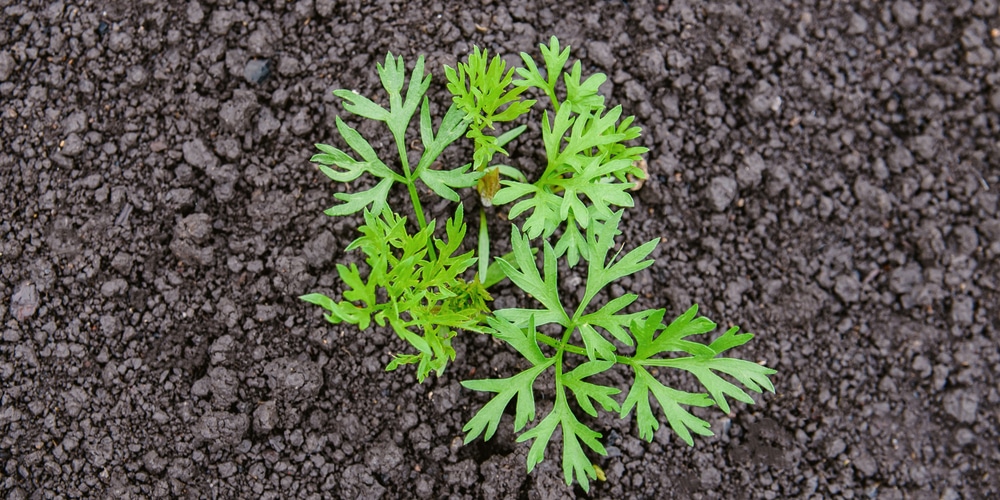The carrot is an orange biennial herb, also known as a root vegetable, rich in starch, fiber, minerals, and vitamins that support immune function, reducing the risk of some diseases in healthy individuals.
That means that carrots and other starch-rich root vegetables store glucose, an intricate sugar chain, as starch. As a result, carrots carry complex carbohydrates with a lower glycemic index than roots with a high glycemic index, such as potatoes, parsnips, rutabaga, and beets.

The glycemic index (GI) measures how fast food can affect a person’s blood sugar levels.
Though GI proves beneficial for people with diabetes seeking to control the amount of food that can harmfully raise blood sugar levels, the GI helps the ordinary keep a balanced diet serving as the perfect source of clean energy for the body.
And when it comes to starchy carrots, gardeners have options to grow a variety of carrots.
How Can You Use Carrots?
Carrots are one of the most widespread root vegetables that home cooks and chefs admire worldwide for their easy access and versatility for medicinal cuisine.
Preserve Your Carrots For Year-Round Use
Every gardener knows that when you get the hang of growing carrots, they grow full and wild, offering an abundant harvest. And if you’re a gardener, don’t worry! You can stock up on carrots you find at your local grocery store or farmers market and store them to enjoy year-round.
For long-term storage, choose a container, remove the tops of your carrots and lay your unpeeled carrots on a bed of sawdust or sand until you no longer see them, and store them in your basement.
However, this method requires monthly check-ins to ensure the sand mix has enough moisture to help maintain the carrots’ freshness.
Other methods of preservation include:
- Removing the tops and wrap your carrots in damp paper towels to store them in the fridge
- Chop, dice, puree, or slice your carrots for canning.
- Dehydrate your carrots for later use
- Pickle your carrots with vinegar and salt for refrigeration
Create A Healthy Meal
For thousands of years, carrots have served as the main ingredient for medicinal use in Western Europe, China, Japan, and around the Middle East in Turkey, Afghanistan, India, and Pakistan.
On the coast of Senegal, Senegalese chefs and home cooks use Ceebu Jen to combine a tomatoey mix of fish and rice with vegetables such as carrots, bell peppers, and zucchini, similar to that of American Creole jambalaya.
And in Europe, the well-known Shepherd’s Pie satisfied British and Irish households with lamb, carrots, peas, and potatoes during the fall season. And when the lamb is a substitute for beef, the shepherd’s pie transforms into a cottage pie comfort food.
Carrots Are A Globally Adored Starch
Although carrots do rank lower on the list of starchy vegetables, they still contain enough starch for those sensitive to unpredictable shifts in blood sugars should beware of too many carrots. However, healthy individuals can enjoy carrots in various ways to enhance any meal. Carrots are easy to grow and make a great addition to any meal.

